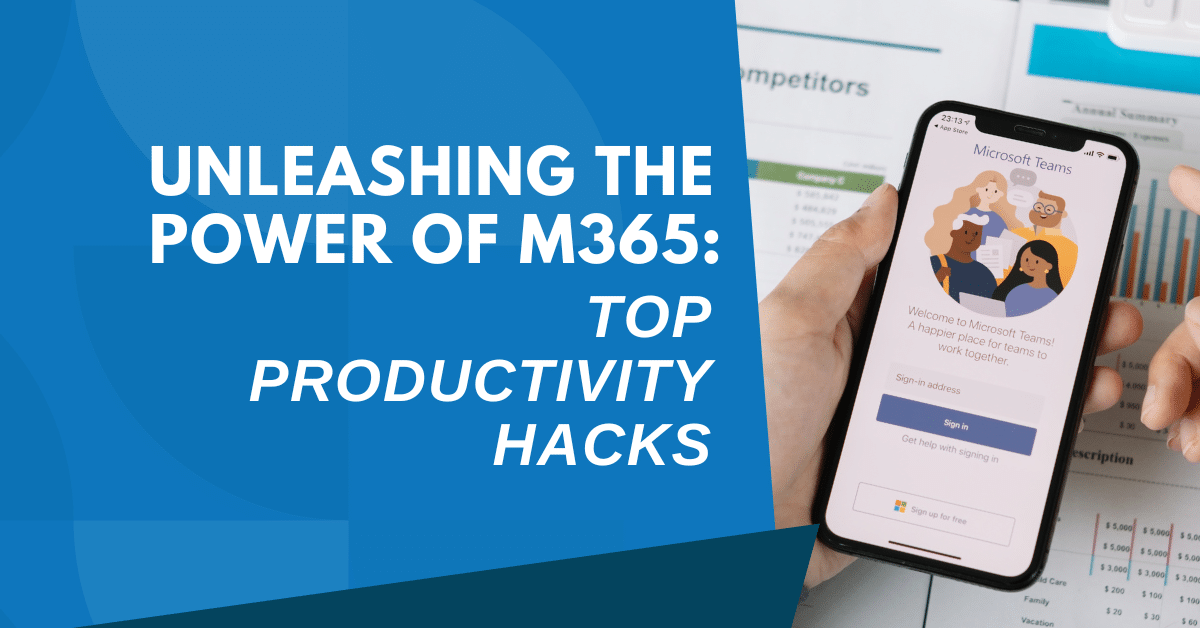Office365 Executive Inbox Hacks Result In Multi-Million Dollar Losses

Table of Contents
Common Tactics Used in Office365 Executive Inbox Hacks
Cybercriminals employ various tactics to breach the security of Office365 executive inboxes. Understanding these methods is the first step towards effective protection.
Spear Phishing and Impersonation
Spear phishing is a highly targeted form of phishing that focuses on specific individuals, often executives. Attackers meticulously research their targets, gathering information to craft incredibly convincing emails. They often impersonate known individuals – clients, vendors, colleagues, or even board members – to exploit trust and gain access.
- Examples: Emails mimicking urgent payment requests, seemingly legitimate invoices, or confidential project updates.
- Social Engineering: Attackers often leverage social engineering techniques, playing on emotions like urgency or fear to pressure executives into acting quickly without verification. They might create a sense of impending crisis to bypass normal security protocols.
Credential Stuffing and Brute-Force Attacks
These automated attacks leverage stolen credentials or attempt to guess passwords to gain access to Office365 accounts.
- Credential Stuffing: Attackers use lists of usernames and passwords obtained from previous data breaches on other platforms to try and access Office365 accounts. If an executive reuses passwords, this tactic can be highly effective.
- Brute-Force Attacks: These involve systematically trying various password combinations until the correct one is found. Weak passwords are particularly vulnerable.
- Multi-Factor Authentication (MFA): Implementing MFA is crucial in mitigating these attacks, as it requires more than just a password to access an account, significantly increasing security.
Malware and Ransomware Delivery
Malicious attachments or links embedded within seemingly legitimate emails are the primary delivery mechanisms for malware.
- Malware Types: Ransomware, Trojans, and other types of malicious software can encrypt data, steal information, or compromise the entire system.
- Ransomware Attacks: These attacks encrypt sensitive data, rendering it inaccessible until a ransom is paid. The consequences can be devastating, including significant financial losses, operational disruption, and reputational damage.
- Data Breaches: Successful attacks can lead to data breaches, exposing sensitive company information and potentially violating regulations like GDPR, resulting in substantial fines and legal repercussions.
The Devastating Consequences of Successful Office365 Executive Inbox Hacks
The consequences of successful Office365 executive inbox hacks extend far beyond the initial compromise, impacting various aspects of an organization.
Financial Losses
The direct and indirect costs associated with these attacks can be staggering.
- Ransom Payments: Paying ransoms to restore encrypted data is a significant direct cost.
- Indirect Costs: Lost productivity, legal fees, forensic investigations, public relations efforts to manage reputational damage, and the cost of restoring systems and data all contribute to substantial indirect financial losses.
- Real-World Examples: Numerous cases document multi-million dollar losses resulting from successful ransomware attacks and data breaches initiated via compromised executive inboxes.
- Stock Prices: Successful attacks can significantly impact stock prices and investor confidence, leading to further financial repercussions.
Reputational Damage
Data breaches and compromised communications severely damage an organization's reputation.
- Loss of Trust: Customers and partners lose trust in an organization's ability to protect sensitive information.
- Brand Loyalty: Reputational damage can significantly impact customer relationships and brand loyalty, leading to decreased sales and market share.
- Regulatory Fines: Organizations may face significant regulatory fines and penalties for failing to comply with data protection regulations.
- Long-Term Impact: The long-term effects on business operations, growth, and investor relationships can be substantial.
Mitigation Strategies: Protecting Your Office365 Executive Inbox
Protecting against Office365 executive inbox hacks requires a multi-layered approach combining robust security measures and proactive employee training.
Implementing Strong Security Measures
Strengthening security practices is paramount.
- Multi-Factor Authentication (MFA): Implementing MFA is non-negotiable. It adds an extra layer of security, making it significantly harder for attackers to access accounts even if they obtain passwords.
- Strong Passwords: Encourage the use of strong, unique passwords for all accounts, and consider using a password manager.
- Security Awareness Training: Regularly train employees on recognizing and avoiding phishing attempts, malware, and social engineering tactics. This training should be tailored to the specific risks facing executives.
- Advanced Threat Protection (ATP): Leverage the advanced threat protection features offered by Office365 to detect and block malicious emails and attachments.
Email Security Solutions
Investing in robust email security solutions is crucial.
- Email Filtering and Anti-Spam: Implement advanced email filtering and anti-spam measures to block suspicious emails before they reach inboxes.
- Anti-Phishing: Employ anti-phishing techniques to identify and neutralize phishing attempts.
- Software Updates: Ensure all software and security patches are regularly updated to address known vulnerabilities.
- Sandboxing and Threat Intelligence: Use sandboxing to analyze suspicious attachments and links in a safe environment before they can execute malicious code. Integrate threat intelligence feeds to stay informed about emerging threats.
- Incident Response Planning: Develop and regularly test incident response plans to minimize the impact of successful attacks.
Conclusion: Preventing Office365 Executive Inbox Hacks: A Critical Priority
Successful Office365 executive inbox hacks can lead to devastating financial losses and irreparable reputational damage. Preventing these attacks requires a proactive, multi-layered approach. Implementing robust security measures, investing in advanced email security solutions, and providing regular security awareness training for employees are critical steps. Don't wait until it's too late; secure your executive inboxes today! For more information on cybersecurity best practices and Office365 security, refer to resources like [link to relevant resource 1] and [link to relevant resource 2].

Featured Posts
-
 Anchor Brewing Companys Closure A Legacy In Beer Comes To An End
May 04, 2025
Anchor Brewing Companys Closure A Legacy In Beer Comes To An End
May 04, 2025 -
 January 6th Ray Epps Defamation Case Against Fox News Explained
May 04, 2025
January 6th Ray Epps Defamation Case Against Fox News Explained
May 04, 2025 -
 127 Years Of Brewing History Ends Anchor Brewing Companys Closure Announced
May 04, 2025
127 Years Of Brewing History Ends Anchor Brewing Companys Closure Announced
May 04, 2025 -
 The Future Of Darjeeling Tea Facing Challenges
May 04, 2025
The Future Of Darjeeling Tea Facing Challenges
May 04, 2025 -
 Kentucky Derby 2025 Online Streaming A Complete Guide To Pricing And Availability
May 04, 2025
Kentucky Derby 2025 Online Streaming A Complete Guide To Pricing And Availability
May 04, 2025
